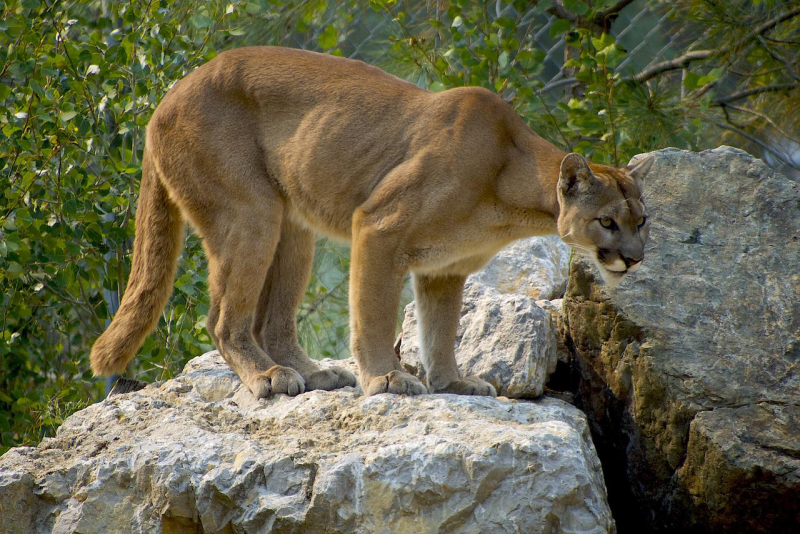Extinction of Cougars
The historical range of the Florida panther included much of the southeastern United States, stretching from Louisiana to South Florida. The federal authorities listed the subspecies as endangered in 1967 after two centuries of unchecked slaughter had reduced populations to just one population. The Florida Panther was granted Endangered Species Act status in 1973. There are between 120 and 230 individuals still living on less than 5% of their original habitat, according to the Florida Fish and Wildlife Conservation Commission's 2020 Annual Report on the Research and Management of Florida Panthers.
In 2008, the International Union for Conservation of Nature (IUCN) downgraded the mountain lion from "Near Threatened" to "Least Concern," after it had been designated as such for the preceding six years. Cougar populations worldwide significantly declined throughout the 1800s and 1900s as a result of ongoing killing. Mountain lions were feared by people and considered to be a danger to cattle, particularly in the United States. Mountain lion populations in North America are growing because of recent conservation initiatives, but they are still far fewer than they were in the past. In addition to unsustainable hunting practices and conflicts with livestock, mountain lions face threats from habitat loss, a lack of available prey, and unintentional car fatalities. For the same reason, the eastern cougar subspecies were fully eradicated from eastern North America in the 20th century.






